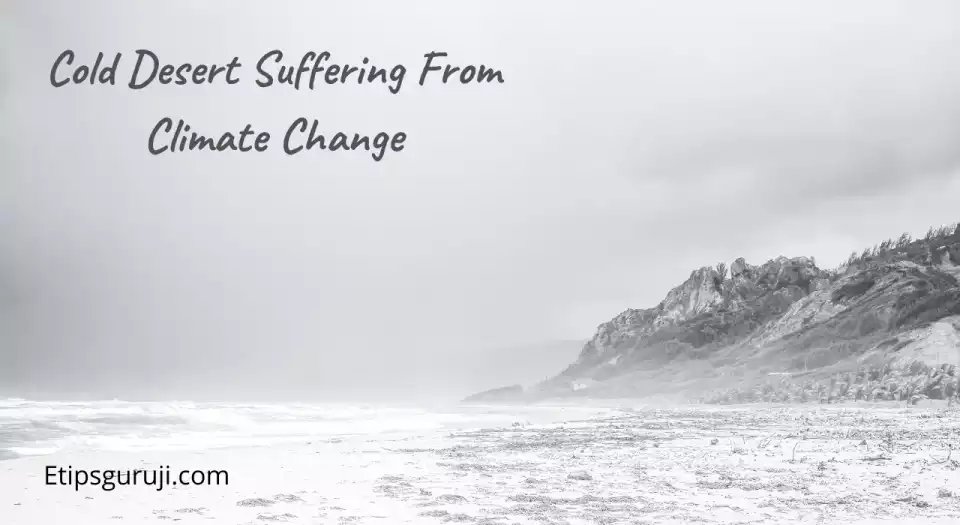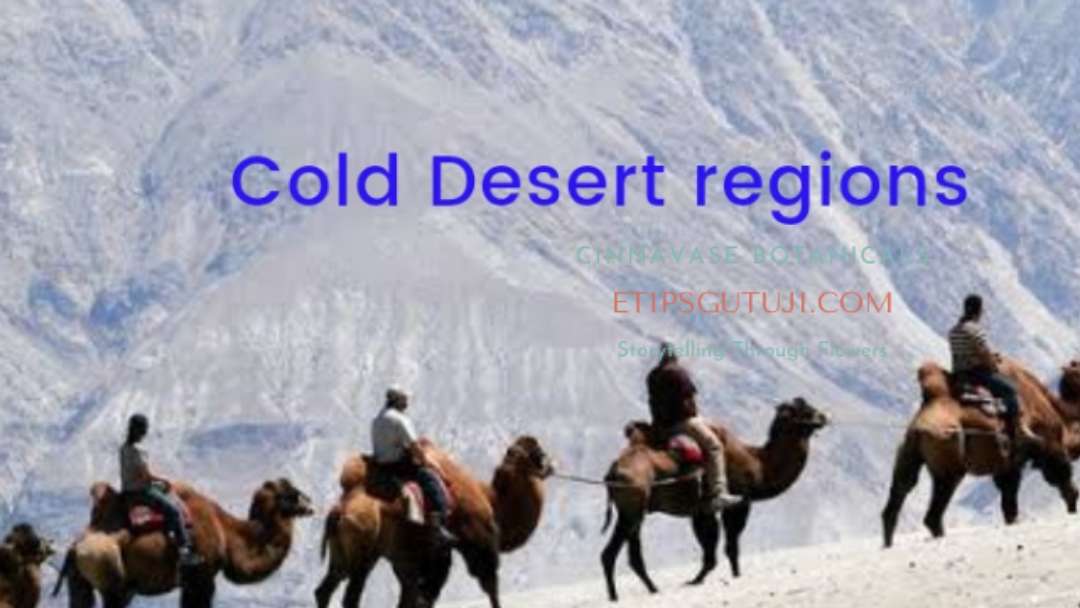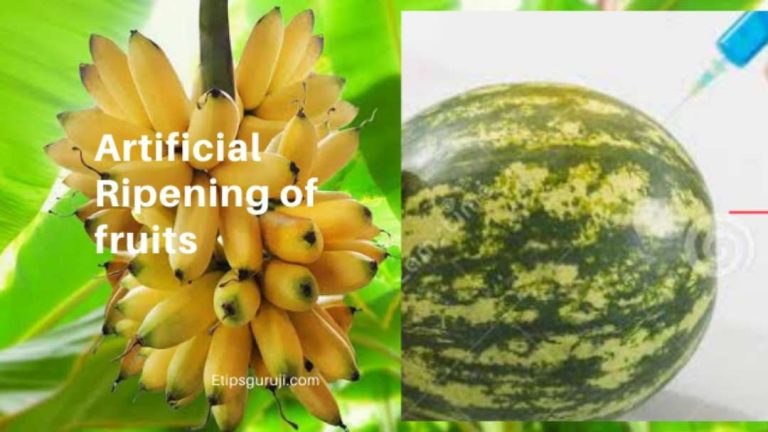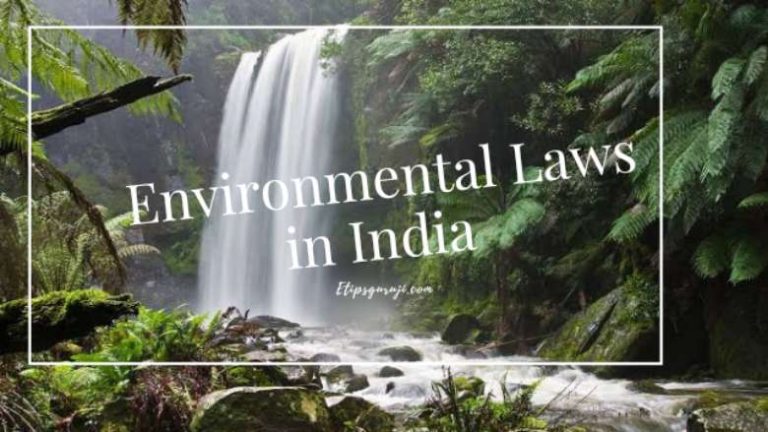Cold Desert Regions: How Are They Different From Other Biomes
Cold desert Regions or temperate deserts are characterized by their hot summers and extremely cold winters.
Cold deserts are found at higher altitudes which is the reason for their colder temperature. Usually, these regions receive rainfall less than 25cm in a year. They are located in the interior of the continent and are comprised of arid ecosystems. Desert regions, hot or cold, are far less densely populated than other biomes. However, most deserts do feature a range of vegetation with both vertebrate and invertebrate animal life.
What are the main types of deserts in the world?
Deserts of the world, are mainly characterized by their extreme environmental conditions. Most of the deserts can receive at most 50 centimeters of precipitation annually. Usually, deserts are found at low latitudes, which is, closer to the equator than to the poles.
The third-largest desert of the world, Sahara, lies just north of the equator in Africa.
There are different types of Deserts in the World. According to ecologists, there are four fundamental types of deserts- hot-and-dry or subtropical desert, the coastal desert, the semiarid or cold-winter desert, and the cold or polar desert.
As per the U.S. Geological Survey, there are eight types of deserts- trade wind, rain shadow, mid-latitude, polar deserts, coastal, monsoon, paleo desserts, and extraterrestrial deserts.
The Antarctic Polar Desert and the Arctic Polar Desert are the two largest deserts in the world. However, the Sahara Desert in northern Africa is sometimes recognized as the world’s largest desert as the polar deserts are not traditional deserts. The Arabian Desert is the fourth-largest, while the fifth-largest is the Gobi Desert of China and Mongolia.
How many cold desert regions are there in India?
India’s Cold Desert is situated in the Himalayas. It stretches from Ladakh in the north to Kinnaur in the south. The cold desert region has harsh climatic conditions. Its location on the leeward side of the Himalayas makes it a rain-shadow zone. The area is inaccessible to the annual southeastern monsoon resulting in desert conditions with low levels of precipitation.
Because of the high elevation ranging from 3000 – 5000m, the environment is comparatively cold like other cold desert regions of the world. The region experiences a huge seasonal variation in climatic conditions. There are short and dry summers with harsh sunlight as well as long, windy-freezing winters. Snowstorms, blizzards, and avalanches are also a part of its weather.
Also Read:-
- PRECISION FARMING EMPOWERING FARMERS OF TODAY
- EUCALYPTUS WOOD – A MULTIPURPOSE WOOD AT AFFORDABLE PRICE
Climate of Cold Desert Regions
As discussed above, cold desert regions have cold winters with snowfall and high overall rainfall throughout the winter and sometimes over the summer. Some cold desert regions have short, moist, and moderately warm summers with long and chilled winters.

A bit of snow can be expected in winters. While the mean winter temperature lies between -2 to 4° C, the mean summer temperature can range from 21 to 26° C.
The mean annual precipitation in cold deserts lies between 15-26 cm. The annual precipitation can reach a maximum of 46 cm and a minimum of 9 cm.
Where are cold deserts located?
Cold desert regions are often situated in high flat areas or plateaus or mountains and are a part of continental interiors. They are globally distributed in temperate regions i.e. they lie between the polar regions and the tropics throughout the world. They are present in temperate regions of almost every continent.
The major portion of the temperate desert lies in Central Asia. Western North America, southeastern South America, and southern Australia contain a smaller portion of the cold desert.
In North America, the cold desert region is known as the Great Basin. Whereas the Atacama Desert and Patagonian desert are a part of South America. In Eurasia, the Iranian desert ¸Gobi desert and Turkestan are the cold desert regions. Africa’s Namib desert also lies under this category. Cold desert-like conditions are found in the region of Ladakh in India.
Cold Desert Animal Adaptations
In hot deserts commonly found animals are fennec foxes, Mexican coyotes, dung beetles, Bactrian camels, and sidewinder snakes. Whereas foxes, kangaroo rats, pocket mice, jackrabbits, and badgers are commonly seen in cold desert regions. Since vegetation and pants are scarce, animals have to adapt themselves according to the limited sources and bitter cold. Most of the plants don’t last long and freeze or die.
Here is how some of the animals have adapted to the environment of the cold desert regions.
Kangaroo Rat
The Kangaroo rat is a cold-desert creature that burrows itself deep within the sand. The specialty of kangaroo rat is the adaptation of converting water instead of drinking. It consumes all the water required via the food it eats. The extremely long kidney tube of the Kangaroo rat extracts each drop of water from the food as it digests. This cold desert animal has pouches on the outside of its cheeks to store food. It prevents the opening of the mouth to the dry and dehydrating air. It can even run 1,200 feet in a single minute.
Arctic Fox
The arctic fox is found in cold deserts in Scandinavia Greenland, Canada, and Russia. It has adapted to handle this environment with time. It creates dens in hillsides and riverbanks.
Adaptation: The fur on the paws keeps the animal warm in chilly weather. The presence of a dense, thick coat of fur on the body with a big, bushy tail imparts additional warmth. The arctic fox survives on birds, small mammals, the dead carcasses of animals, and berries.
Rock Ptarmigan
The rock ptarmigan is another cold desert animal found mostly Canada, Russia, Greenland, and Iceland. It lives in areas with a brush while taking care of the young ones. They move to barren areas when locating predators.
Adaptation: Rock Ptarmigan has adapted to the climatic conditions in the cold desert over time. Molting in early winter and growing out an extremely white coat for camouflage is its most remarkable adaptation.
This animal feeds on berries, buds, flowers, leaves and, twigs. Young ptarmigan chicks can be seen eating insects also.
Jackrabbits
Although Jackrabbits are found in various environments of the world, they are often seen in the cold desert biome. Similar to kangaroo mice, Jackrabbits burrow themselves to hide from hot or cold temperatures and predators. They have straight-standing ears like donkeys which is the source of their name too. Jackrabbits eat plant items bark, leaves, twigs, herbs, and grasses.
Cold Desert Vegetation and Plant Adaptations
Cold deserts don’t have a wide range of vegetation like other regions. Grasses are the most common vegetation here and they tend to grow in clumps commonly called bunchgrass. Shrubs and brush plants are also found here like the sagebrush of the Great Basin.
Welwitschia a unique two-leaved shrub grows in the Namib Desert in southeastern Africa.
Fews trees also exist in cold desert regions. For example, camel thorn in the Gobi desert, and the saxaul tree in the Turkestan desert.
Pistachio trees are seen in the Iranian desert, and Tamargo trees grow in the Atacama. The giant Cardon cactus is found in the Atacama.
How a hot desert is different from a cold desert?
The cold-desert regions can be differentiated from a hot desert in several aspects, such as:
The cold deserts are mainly found in temperate regions whereas the hot deserts are formed in tropical and subtropical regions whereas
The cold deserts experience extremely chilling winters. Which is not the case of hot deserts.
The Offshore wind patterns, heat, aridity due to cold current nad properties of the sand result in the formation of hot deserts. Cold deserts on the other hand are formed because of continentality and rain-shadow effects.
In hot desert regions, vegetation is very rare. Most of the vegetation belongs to ground-hugging shrubs and short woody trees. Whereas in the cold desert, vegetation is scattered with the needle-like leaves.
Precipitation levels are high in cold desert regions as compared to hot deserts. In hot deserts, evaporation is higher than precipitation whereas in cold deserts precipitation is higher than evaporation.
Hot Desert regions consist of sandy soil whereas cold desert has ice, sand, or sometimes snow-covered land. The hot desert appears to be red or orange in whereas the cold desert looks gray.
Cold desert regions, like other deserts, also face the degradation of land. The effect of the continuous melting of glaciers can be seen in cold deserts too. Climate change has altered various geographical phenomena across the globe. Cold desert regions are often neglected when it comes to sustainable development and environmental monitoring. Proper conservation measures should be taken to conserve the beauty of this biome.






